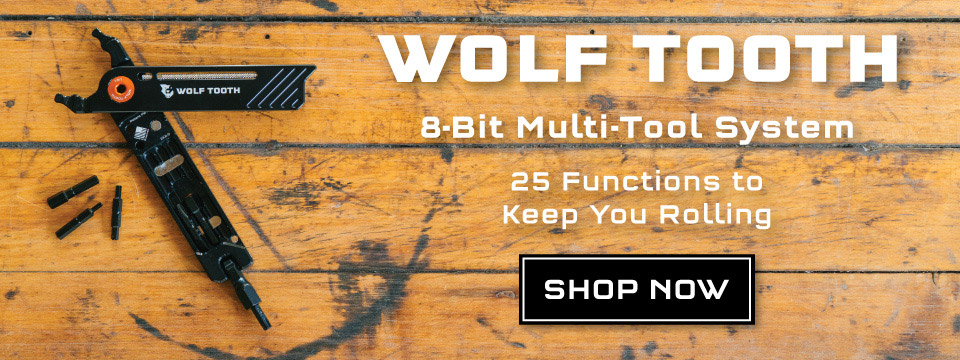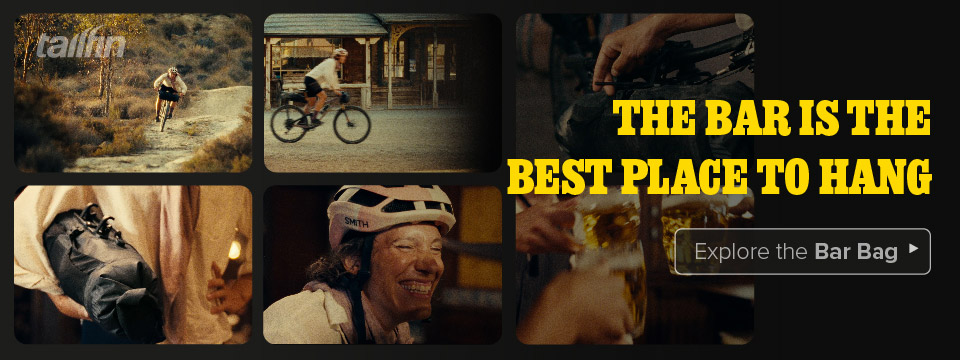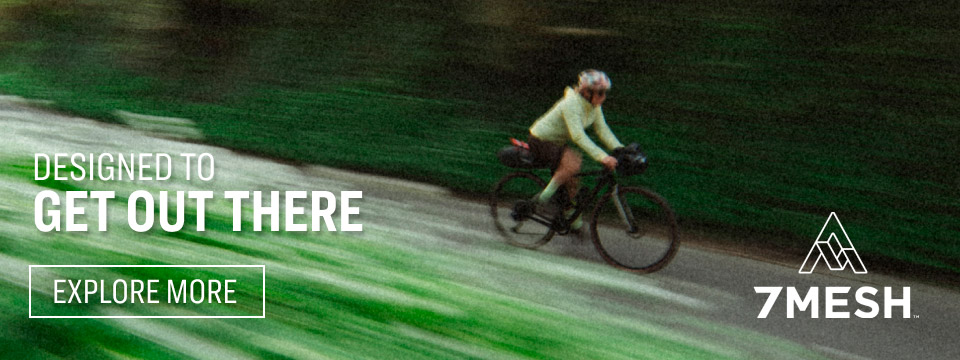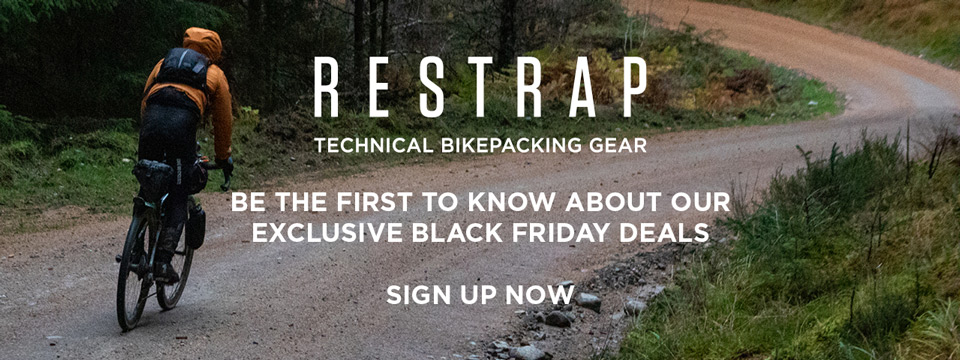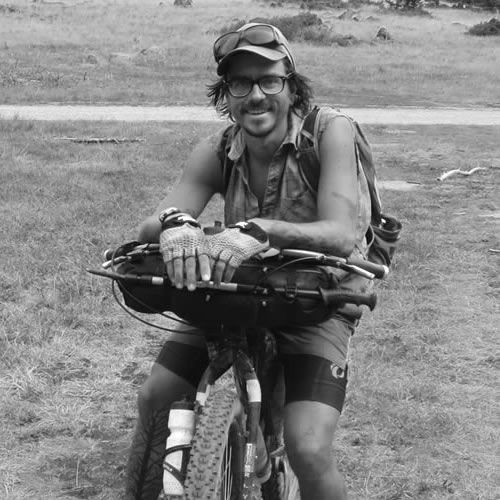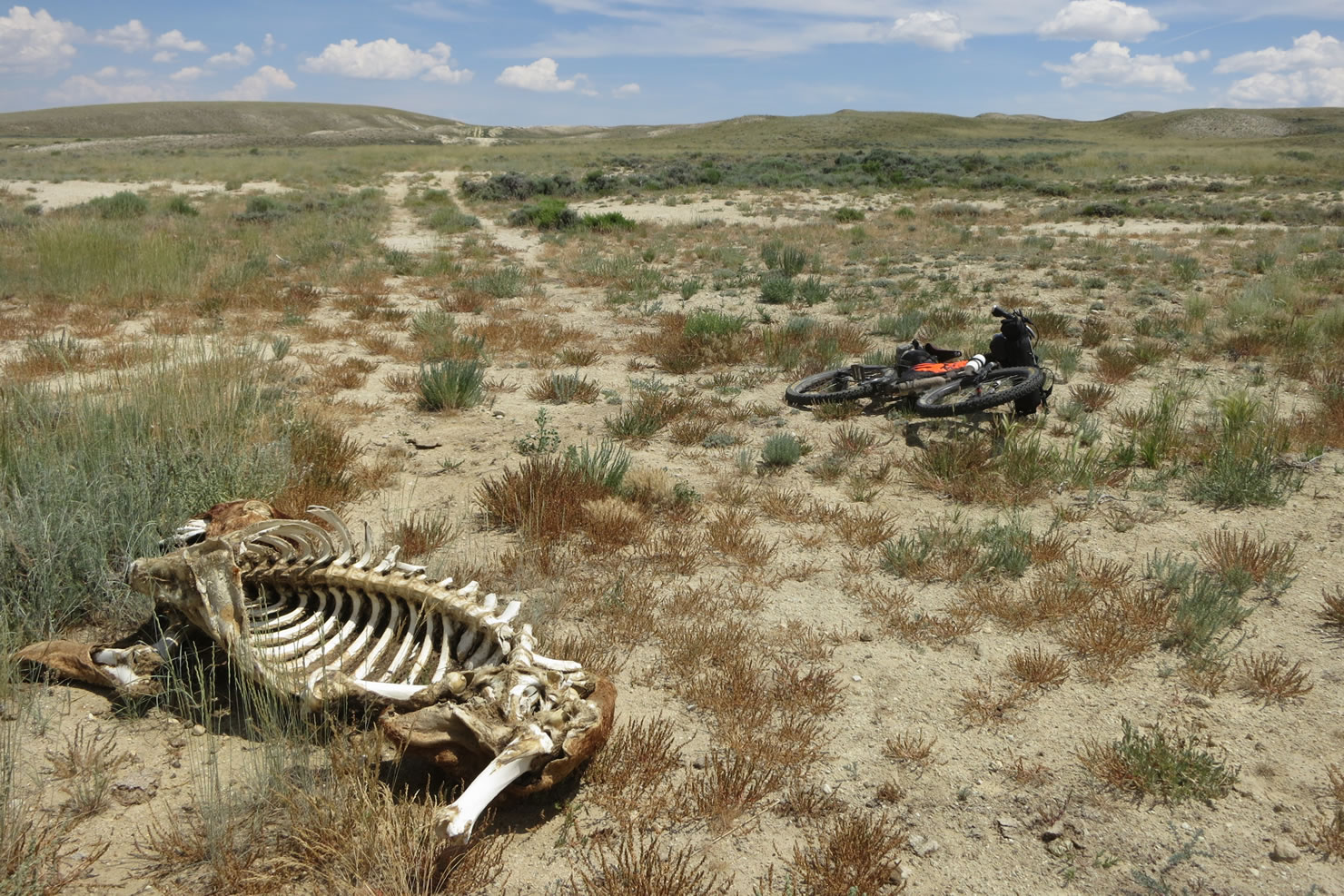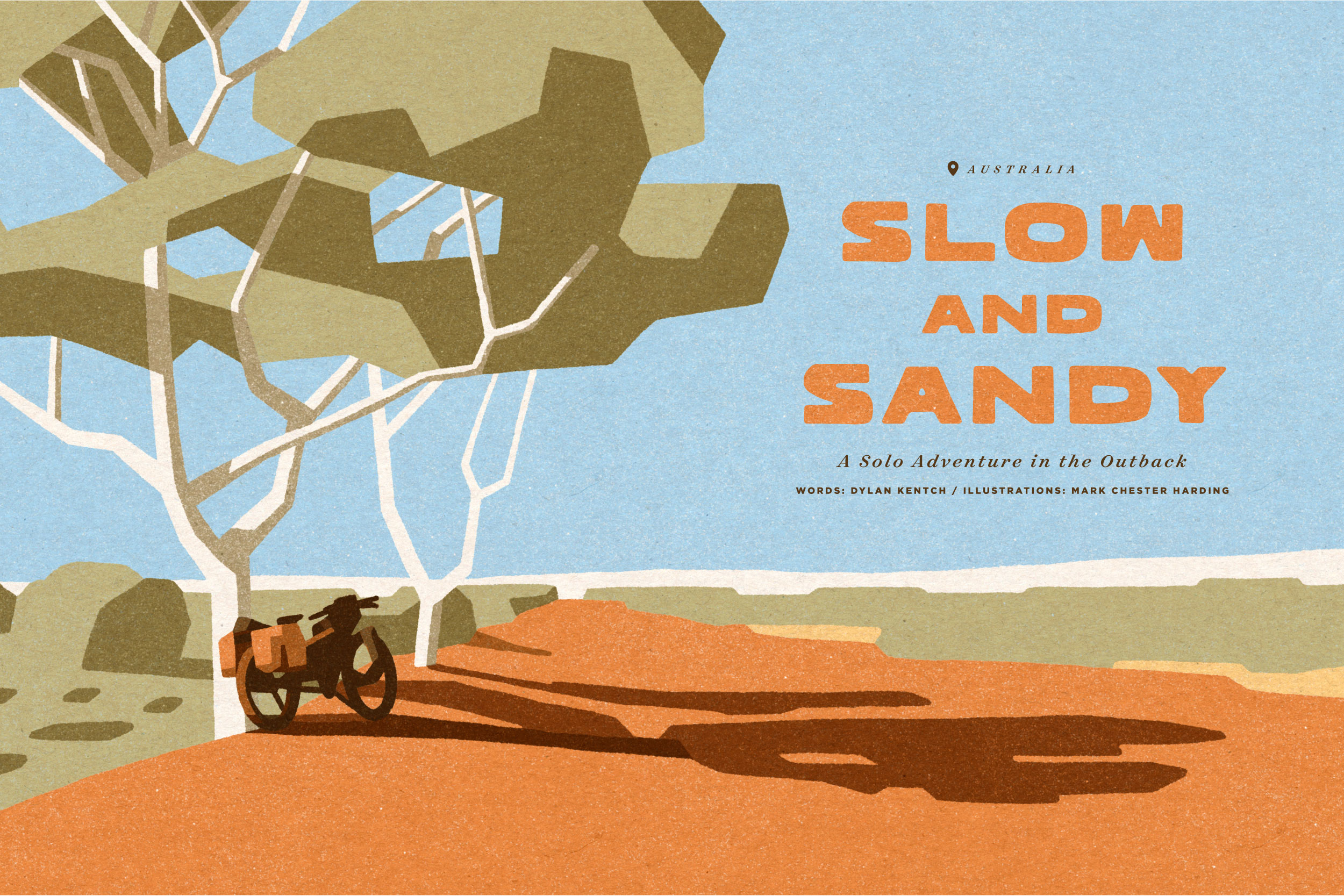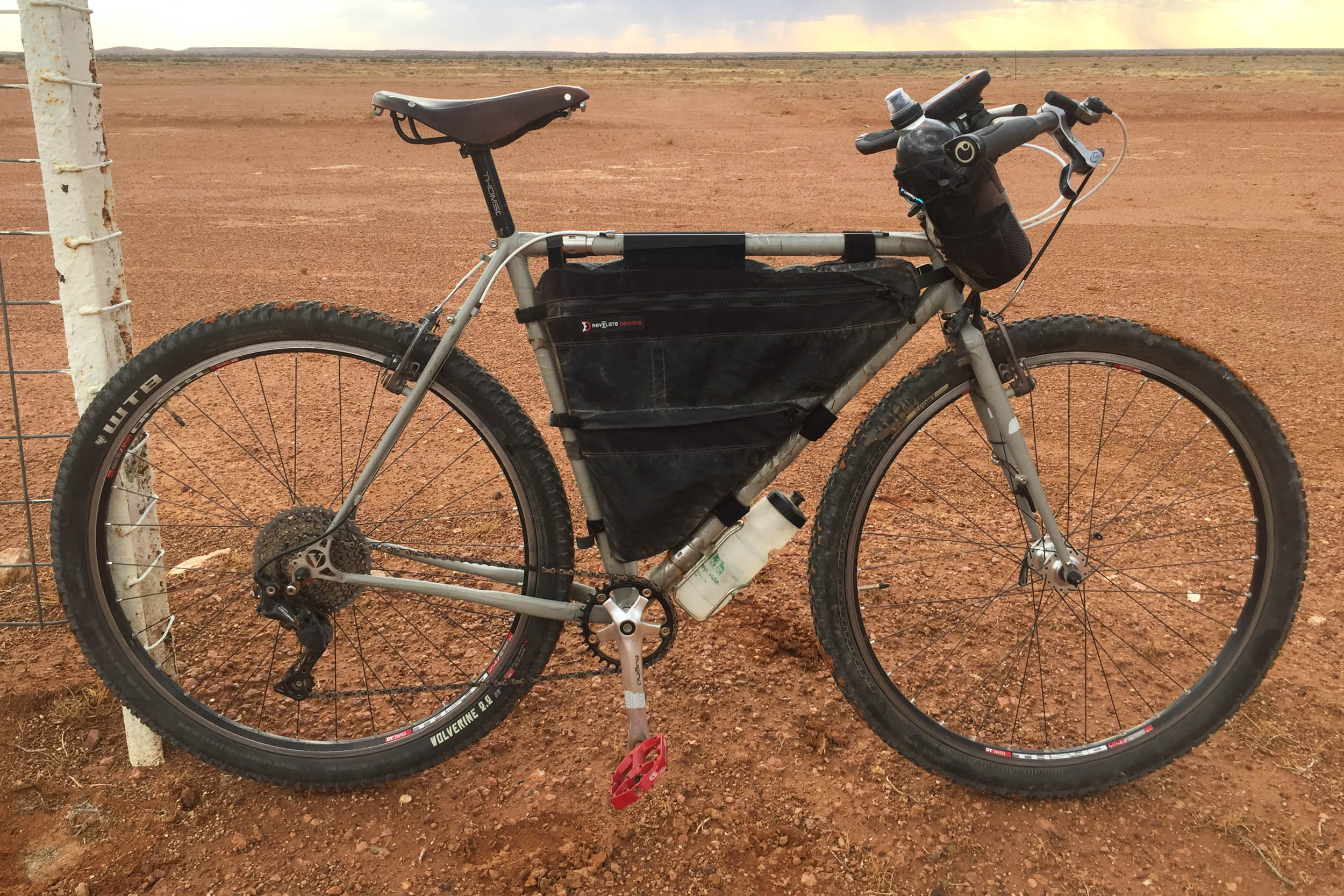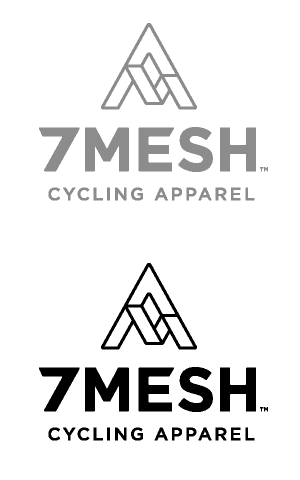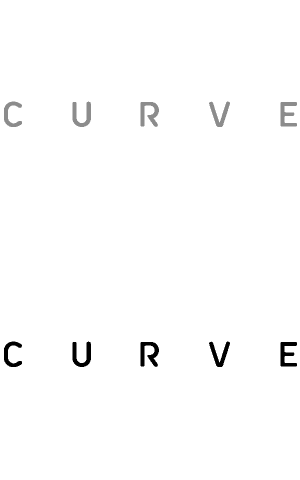More Than Just Pedaling
In this piece, Dylan Kentch recounts lessons learned during a 9,600-kilometer bikepacking trip in the Western Australia Outback as he reflects on a white lie he told someone he met along the way. Read his story about a four and a half month ride aboard his custom long-tail fatbike, and find an expansive set of square format photos here…
PUBLISHED Oct 28, 2024
There is more to a bike tour than pedaling. Even if I lie to your face and tell you it’s just that.
I was eating bananas and chocolate bars in front of the general store in Wiluna, West Australia, when a gold miner asked me a simple question that at the time gave me a moment of pause, and upon longer reflection spawned this essay. My custom longtail fat bike was leaning against the wall, laden with six panniers and a massive frame bag. We had ascertained that this was indeed my bicycle and that indeed I had already ridden it a long way to get here. We had gone over that I’d already pedaled some of central Australia’s more remote and rugged 4×4 tracks, and that I was about to head out onto the Canning Stock Route (CSR), one of West Australia’s more remote and challenging tracks. We had confirmed that, yes, I knew Lake Gregory was flooded, and that the normal CSR was impassible, and that in all likelihood I wouldn’t make it to either Bililuna or Halls Creek. Having gone through all this—and indeed it took less time to talk these specifics than for me to write them up here—the miner asked me, “So, what do you do out there all day?” And I lied. I paused for a second or two and replied, “Oh, I have a little fire in the morning, then ride my bike all day, have a fire in the evening, then pass out and do it again the next day.”
That was dishonest. Morning fires are a rarity for me; I only have one if it’s miserably cold and I wake up too early and can’t get back to sleep. This happens less than it used to now that I own a proper winter sleeping bag. I’m completely content to have only a fire in the evening, enough to boil water for my nightly two packages of instant noodles. I go to sleep with oats, instant coffee and a water bottle in the tent, and if dehydrated enough I can get through oats made with cold water and a cup of cold instant coffee before needing to get out of the tent for the first pee of the day. If I’ve taken care of myself, and have to pee first thing, this is both a moment of pride about my level of self care and a moment of frustration for needing to step barefoot onto the cold ground before breakfast. I only had one pair of socks on this 4.5 month tour and wouldn’t want them to get wet with dew at the start of the day.
There is more to a bike tour than just riding. It’s not always about identity but sometimes it is.
Why did I lie? Because normal people in the bush have a fire in the morning: normal people don’t relish the thought of cold instant coffee. Why was I concerned about appearing normal after pulling into Wiluna on an abnormal bicycle and with atypical plans of where to go from there? Why did I want to fit in?
Part of the reason, possibly, is the American accent that audibly marks me as a tourist and an outsider. Even though I’ve lived in Australia about six years now, I imagine that I have to work extra hard at fitting in and appearing sensible. Part of the dishonesty also came from an insecurity I feel when talking to men in the bush; I always feel the need to prove that I know what I’m doing, that I’m not going onto the CSR blindly, that I really do know something about survival in the Outback. Long enough into a proper conversation with a stranger, I can sometimes let my humility drop and name some of the tens of thousands of kilometers of bush tracks that I’ve cycled here on this continent (let alone other continents as well), but this is ego, and besides, we rarely get that far into a chat. Why do I do the head miles when in all likelihood I know more about where I’m going than whoever it is I’m talking to? I ate three bananas and two chocolate bars and headed onto the CSR.

There is more to a bike tour than just riding, and the Outback is a unique place to do whatever it is I do on long cycle trips.
Riding a bicycle, even one loaded with two dozen liters of water and two weeks’ worth of food, is something that comes easily to me and I am lucky to be able to do this. Cycling up the CSR was part of a much longer tour in the central and western deserts of Australia. In about 4.5 months, I rode just over 9,600 kilometers, and it would have been an even 10,000 if I hadn’t got a lift with the postman into Leonora after cutting both my tires quite badly on the Gunbarrel Highway. In terms of both time and distance, this was “only” the fourth longest tour I’ve been on, but in terms of day to day existence and struggle, it was the most challenging one I’ve been on yet.
Primarily I rode on unsealed tracks, some of which were quite sandy and required the 26×4.8” tires I used all winter. Other roads you could have ridden with narrower, shorter rubber, but it’s not like I had the option of changing wheels out there (actually, literally speaking, I did have the option of changing wheels, since my bike takes a 197×12 rear hub in its fork like a Surly Pugsley that’s all grown up). I rode the Sandover Highway from Alice Springs to Mount Isa on this tour, and the fatbike was a magic carpet ride of plush comfort and bliss. A decade ago I rode the Sandover on a Surly Troll that had 26×2.1” tires, and survived then as well, albeit a little more jostled and sore. Having large tires means a comfortable trip for me, and soon I think I will turn into one of those people who exclusively goes on long tours with a fat bike. Already I’ve become snobbish, and if a bike being reviewed online doesn’t fit 3.0” tires at the minimum, I won’t read the entire article unless it’s a cargo bike or has sliding dropouts.

I’m blessed to be strong enough to ride, lift, push and occasionally coast on heavy steel bikes in the Outback, and I’ve had a privileged enough life up until now that I’ve developed the skills you need that go beyond simply riding a bicycle on a bumpy road. Over the winter on those 9,600 kilometers, I rode everything that was flat or descending, and I only walked on the uphills of the sand dunes on the CSR. But there is more to a bike tour than just riding your bike all day and building fires, despite what I may have told that miner in Wiluna. I manipulated my GPS to show the correct base map depending on which state I was in, didn’t camp under gum trees that could drop their branches, and filtered and purified water as needed from more than a couple dodgy, and sometimes scary, water sources. And I can tell you the difference between filtration and purification, and explain the various tools and liquids I carried to help do both of these. I kept clear of snakes, yelled off horny bull camels, and slept with my shoes in the tent when I thought there was a chance of dingos taking them during the night. I also had fun—it wasn’t always dire—and I snuck up on bustards, found bush tomatoes and looked for quandongs where I had seen in them previous years. I learned how to take movies with my new phone, went op shopping in Kalgoorlie for quality literature paperback books and saw the sunrise and sunset every day that I slept outside. All of which is to say that I survived and thrived in the bush all winter, and probably cycled places that many people I met over those months had never been to and definitely had never ridden there on a bicycle. But seeing old tire tracks on the abandonded Gunbarrel west of Warakurna was a treat! I think they were Big Fat Larrys.
There is no RWGPS track of my tour included with this article. I think it is imperative that anyone heading out into the places I went does their own research, and puts the pieces together in a safe and sensible way for their own trip. The cycling part of any tour is often the easy part; it’s all the other stuff that happens on, or before, a trip that can be more challenging. Those are the aspects of long desert trips that I didn’t tell the gold miner in Wiluna about. It’s not always roses. I tore my butthole open on this trip (to use graphic, non-medical terminology) and for a couple months there was blood on my toilet paper every time I took a poo. Not lots of blood, but any is too much. I spent hundreds of dollars on junk food in both Warburton and Balgo when flooding disrupted my original itinerary, and twice I had to reroute mid-trip and go through communities I didn’t plan on ever being in. Twice my water bladders leaked and I found myself a long way from the next reliable water source with not enough to get there safely. I was scared of oncoming rain and camped in my tent in the middle of Kintore. I turned 40 in Mount Liebig on this trip. Sometimes I feel strong and sometimes I feel aged. Sometimes I feel experienced and learned, and sometimes I think everything I know is wrong.

After four and a half months I returned to where I had started riding, at my old job in the Flinders Ranges where I had left my car and a change of clothes. We made pizzas for dinner and the following morning I had multiple hot coffees; I didn’t ration my water and started planning the next tour.
Further Reading
Make sure to dig into these related articles for more info...
Please keep the conversation civil, constructive, and inclusive, or your comment will be removed.







